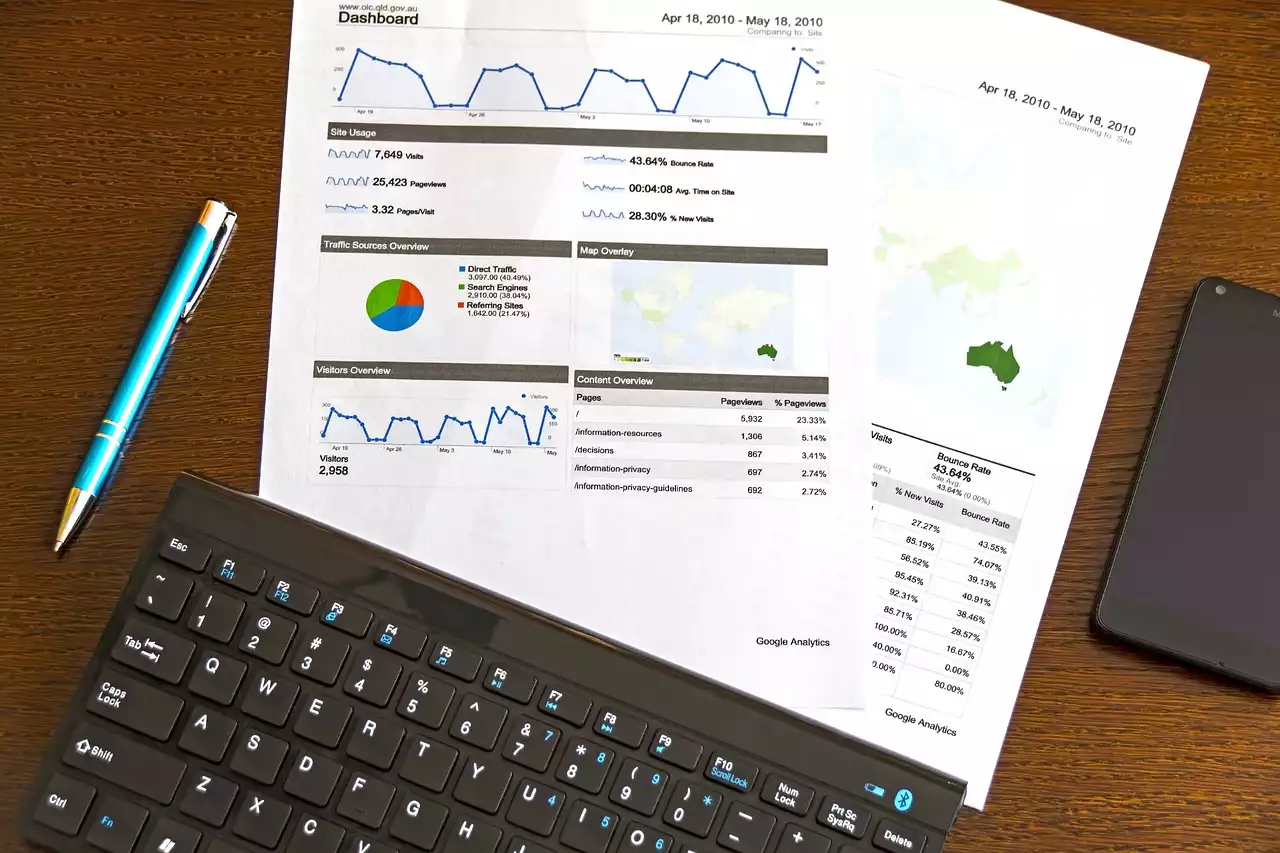Importance of Content Performance Tracking
The first step in using Google Analytics for content performance tracking is to understand why it's crucial. There are several reasons why tracking your content's performance is essential. Firstly, content performance tracking helps you understand how your audience is interacting with your content. This information can help you identify what works and what doesn't, allowing you to make data-driven decisions about future content creation.
Secondly, tracking your content's performance can help you identify areas for improvement. By analyzing data such as bounce rates and time on page, you can identify pages where visitors are leaving quickly or spending very little time. This information can help you identify potential issues with your content, such as poor readability or irrelevant information.
Lastly, content performance tracking can help you measure the success of your content marketing efforts. By tracking metrics such as pageviews, you can see how many people are engaging with your content. This information can help you determine the ROI of your content marketing efforts and make informed decisions about future investments.
Key Metrics to Track in Google Analytics
Now that we understand the importance of content performance tracking, let's discuss the key metrics you should be monitoring in Google Analytics. There are several essential metrics to track, including:
Pageviews
Pageviews are the number of times a particular page on your website has been viewed. This metric is essential for understanding how many people are engaging with your content.
Bounce Rate
Bounce rate is the percentage of users who leave your website after viewing only one page. A high bounce rate can indicate that your content is not engaging or relevant to your audience.
Time on Page
Time on page measures the average amount of time users spend on a particular page. This metric can help you understand how engaged your audience is with your content.
Conversion Rate
Conversion rate measures the percentage of visitors who complete a specific action, such as filling out a form or making a purchase. This metric is essential for understanding the effectiveness of your content in driving conversions.
By monitoring these key metrics, you can gain a deeper understanding of how your content is performing and make data-driven decisions about how to optimize your content marketing strategy.
Setting up Google Analytics for Content Tracking
To use Google Analytics for content performance tracking, you first need to set up your account. If you don't have a Google Analytics account, you can create one for free. Once you have an account, you can set up tracking for your website and individual pages.
To track your website's performance, you need to add a tracking code to your website's header. This code will collect data on your website's performance and send it to your Google Analytics account. To track individual pages, you can set up custom tracking codes for each page you want to monitor.
Analyzing Content Performance in Google Analytics
Once you have set up tracking for your website and pages, you can start analyzing your content's performance in Google Analytics. To do this, navigate to the Behavior tab in your account and click on Site Content, then All Pages.
Here, you'll see a list of all the pages on your website, along with data on pageviews, bounce rate, and other key metrics. You can use this information to identify pages that are performing well, as well as those that need improvement.
Using Google Analytics to Identify Top-Performing Content
One of the most valuable ways to use Google Analytics for content performance tracking is to identify your top-performing content. To do this, navigate to the Behavior tab and click on Site Content, then Landing Pages.
Here, you'll see a list of the pages on your website that receive the most traffic. You can use this information to identify the types of content that are most popular with your audience. Once you know what works, you can create more content on similar topics to drive even more traffic to your website.
Identifying Content Gaps and Opportunities for Improvement
Another important use for Google Analytics in content performance tracking is to identify content gaps and opportunities for improvement. By analyzing data on bounce rates and time on page, you can identify pages where visitors are leaving quickly or spending very little time.
This information can help you identify potential issues with your content, such as poor readability or irrelevant information. Once you've identified these issues, you can make changes to your content to improve its effectiveness and engage your audience more effectively.
Using Google Analytics to Improve Content Engagement and Conversion
Finally, you can use Google Analytics to improve your content's engagement and conversion rates. By analyzing data on conversion rates, you can identify which pages are most effective at driving conversions. You can then use this information to optimize your content and CTAs to improve your website's overall conversion rate.
Similarly, by analyzing data on time on page and bounce rate, you can identify pages where visitors are not engaging with your content effectively. You can use this information to make changes to your content to improve engagement and encourage visitors to stay on your website longer.
Advanced Features in Google Analytics for Content Tracking
In addition to the basic metrics we've discussed, Google Analytics also offers several advanced features for content tracking. For example, you can track events such as video plays and downloads, allowing you to gain deeper insights into how your audience is interacting with your content.
You can also set up custom goals for your website, such as completing a form or making a purchase. This allows you to track specific actions and measure the effectiveness of your content in driving these actions.










